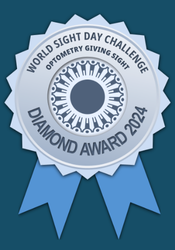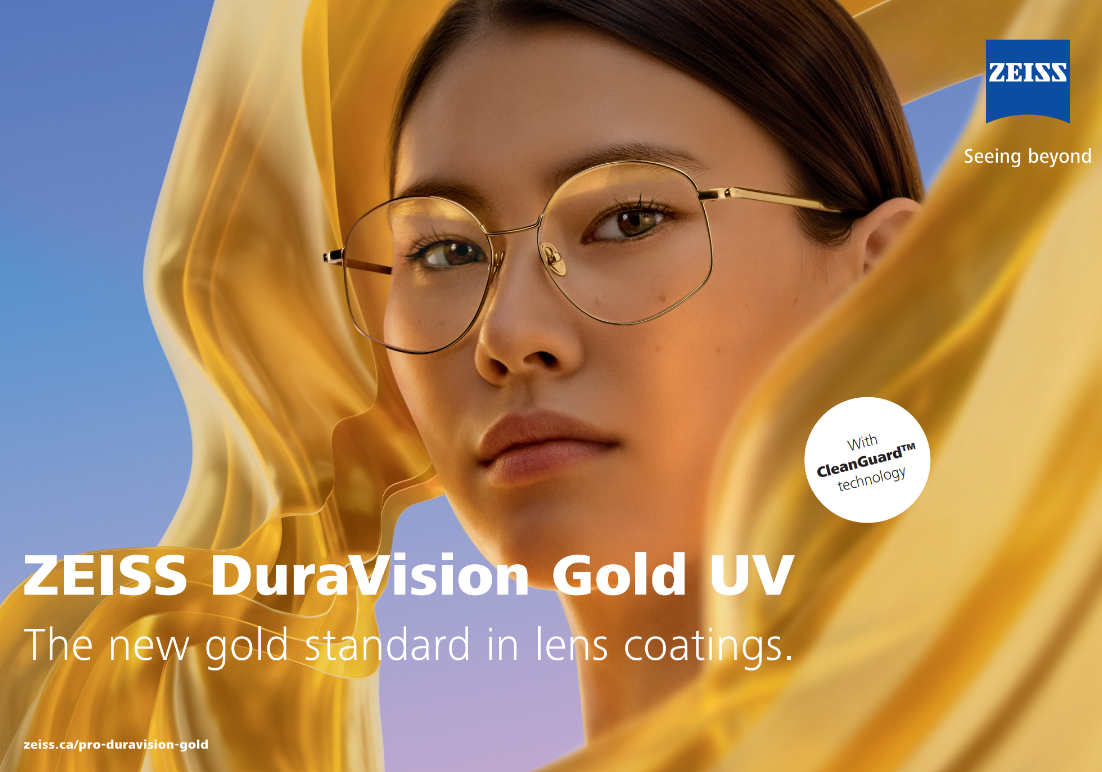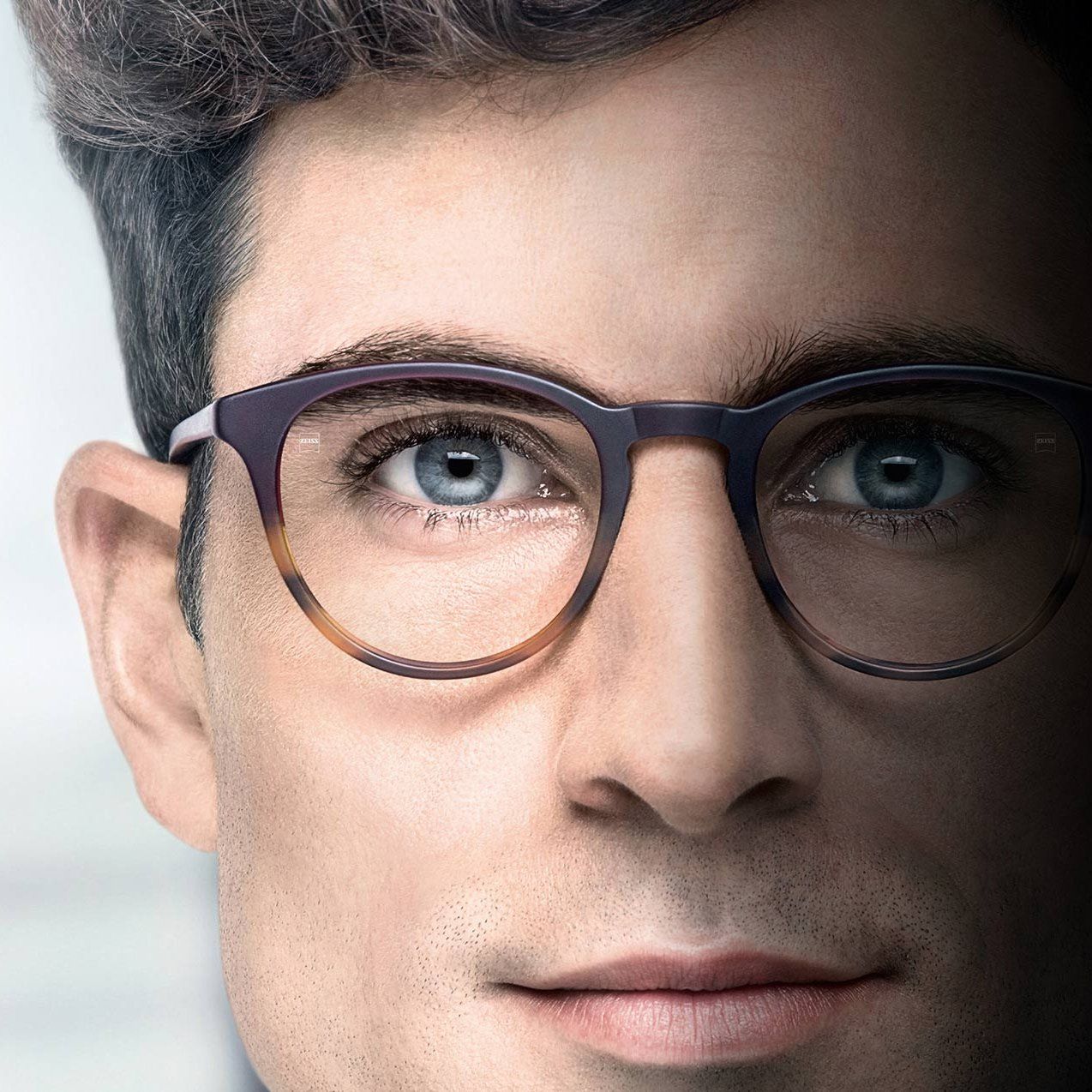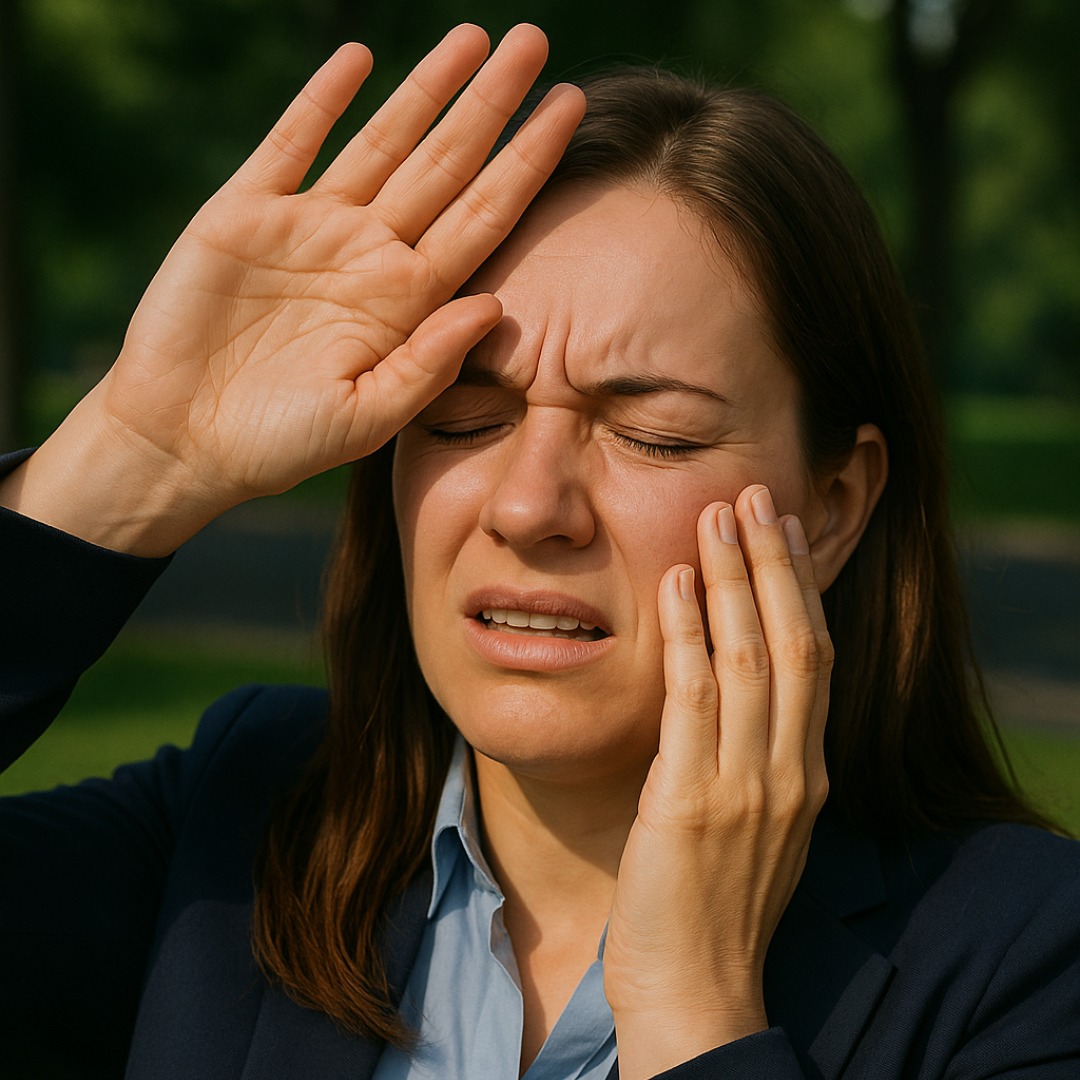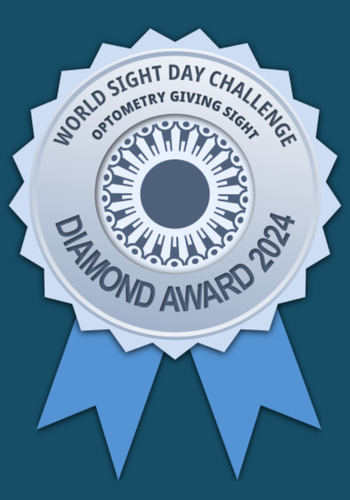An eye exam can help predict nearsightedness in children

Remember when your parents used to say “don’t sit too close to the TV, you’ll ruin your eyes!”. In fact, we have many patients who blame their heavy eyeglass prescription on their childhood TV viewing, as well as the amount of reading they did. Well as it turns out, there is very little evidence that either of these activities have a significant influence on the development of myopia (nearsightedness).
A 20 year study done by the JAMA found that there was one single measurement that provided the most accurate predictor of myopia in children. – refractive error. Refractive error is defined as the amount of myopia, hyperopia (farsightedness) and/or astigmatism, a measurement that is determined during each annual comprehensive eye exam. Kids aged 6 through 13 were studied and it was found that a certain amount of hyperopia (farsightedness) was actually desirable in young children. Having less than that increased the risk of developing myopia later in life.
Refractive error was a better predictor of future myopia than the amount of near work performed, time spent outdoors and even having one or both parents who are nearsighted. This finding was consistent across a variety of ethnicities. The information is useful to help set time frames for when kids should get their eyes checked. Also, as new therapies become available to treat myopia, early detection becomes more important.
While glasses or contact lenses are useful in correcting myopia, people with myopia are more at risk for conditions like retinal detachment and glaucoma.
-Dr. Wilk
(source: https://news.osu.edu/news/2015/04/02/%E2%80%8Bone-test-can-predict-which-kids-will-become-nearsighted/)

